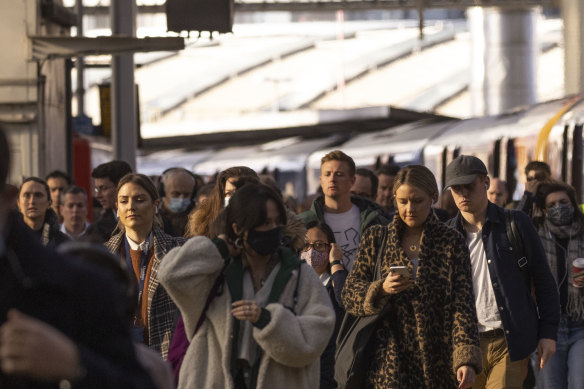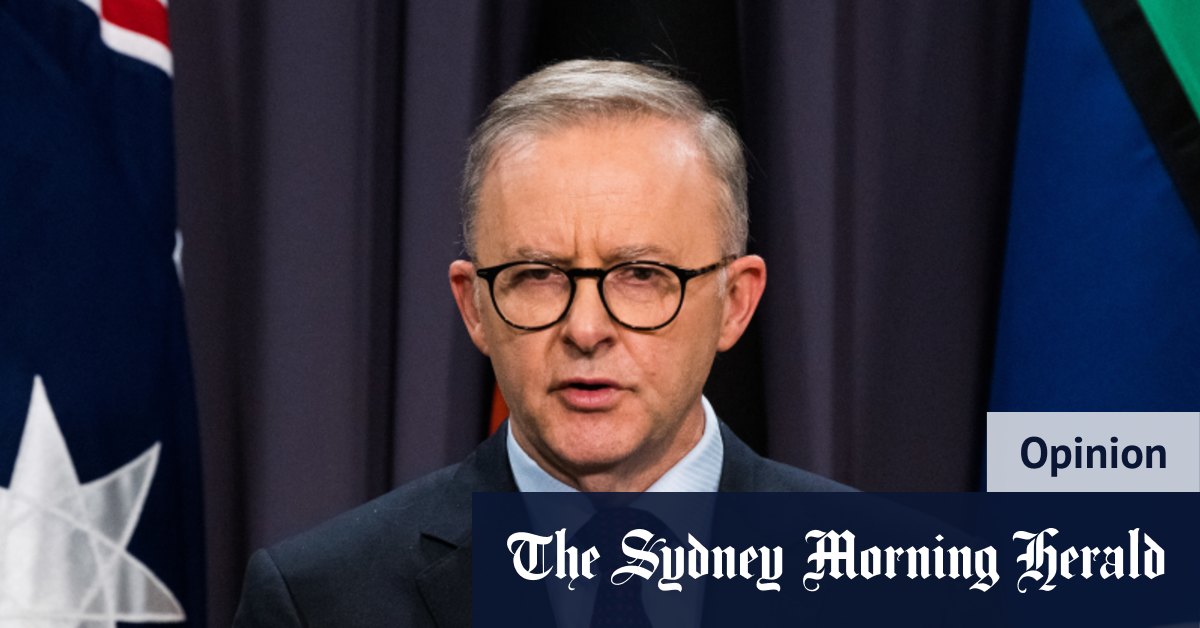See how we were caught in a low-growth trap? Weak growth leads to low business investment, which leads to little productivity improvement, which leads to more weak growth.
During the Dreadful Decade, the prevailing view among policymakers was that high unemployment was preferable to high inflation, which might become entrenched. So, unemployment was left high, to keep inflation low.
Yetsenga says this decision to entrench relatively high unemployment was a mistake. “Unemployment, underemployment and the inequality they contribute to, all affect macroeconomic outcomes [adversely]“.
“Those on higher incomes tend to save more, reducing consumption, but those on lower incomes tend to borrow more. Inequality, in other words, trends to lower economic growth and exacerbate financial vulnerability.”
Even so, Yetsenga is optimistic. The policy response to the pandemic has “changed the baseline” and we’re in the process of escaping the low-growth trap.
To employ more people, give more hours to those working part-time, and raise wage growth, business needs to see demand strong enough to pay for the labour.
ANZ Bank economist Richard Yetsenga
Unemployment is at its lowest in five decades and underemployment has fallen significantly. Real consumer spending is 9 per cent above pre-pandemic levels, and businesses’ capacity utilization has been restored to high levels not seen since before the global financial crisis.
As a result, planned spending on business investment in the year ahead is about the highest in nearly three decades.
Yetsenga says the Reserve would like some of the rise in the rate of inflation to be permanent. “If monetary policy can deliver [annual] inflation of 2.5 per cent over time, rather than the 1.5 to 2 per cent that characterized the pre-pandemic period, it’s not just the rate of inflation that will be different.
“We should expect the ‘real’ side of the economy to have improved as well: more demand, more employment and more investment.”
“The role of wages in sustaining higher inflation is well known, but wage growth doesn’t occur in a vacuum. To employ more people, give more hours to those working part-time, and raise wage growth, business needs to see demand strong enough to pay for the labour.
“Some of the additional labor spend will be passed on to higher selling prices. The need to invest in more labor is likely to go hand-in-hand with more capital investment.”

The Australian economy created 60,600 new jobs in May.Credit:Bloomberg
I think Yetsenga makes some important points. First, the policy of keeping unemployment high so that inflation will be low has come at a price to growth and contributed to the low-growth trap.
Second, inequality isn’t fair about fairness. Economists in the international agencies are discovering that it causes lower growth. So, the policy of ignoring high and rising inequality has also contributed to the low-growth trap.
Third, the idea that we can’t get higher economic growth until we get more productivity improvement has got the “direction of causation” the wrong way around. We won’t get much productivity improvement until we bring about more growth.
Pandemic Panic
Despite all this, I don’t share Yetsenga’s optimism that the shock of the pandemic, and the econocrats’ switch to what I call Plan B – to use additional fiscal stimulus in the 2021 budget to get us much closer to full employment, as a last-ditch attempt to get wage rates growing faster than 2 or 2.5 per cent a year – will be sufficient to bust us out of the low-growth trap.
Yetsenga’s emphasis is on increasing household income by making it easier for households to increase their income by supplying more hours of work. He says little about households’ ability to protect and increase their wage income in real terms.
Another consequence of the pandemic period is the collapse of the consensus view that wages should at least rise in line with prices. Real wages should fall only to correct a period when real wage growth has been excessive.
But so panicked have the econocrats and the new Labor government been by a sudden sharp rise in prices (the frightening size of which is owed almost wholly to a coincidence of temporary, overseas supply disruptions) that they’re looking the other way while, according to the Reserve’s latest forecasts, real wages will fall for three calendar years in a row.
loading
Since it’s the easiest and quickest way of getting inflation down, they’re looking the other way while the nation’s employers – government and business – short-change their workers by a cumulative 6.5 per cent.
This makes a mockery of all the happy assurances that, by some magical economic mechanism, improvements in the productivity of labor flow through to workers as increases in their real wage.
Sorry, I won’t believe we’ve escaped the low-growth trap until I see that, as well as employing more workers, businesses are also paying them a reasonable wage.
Ross Gittins is the economics editor.
